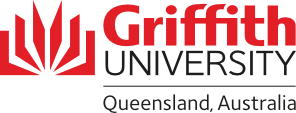Project Description
The objective of this project is to develop, complete, and publish a set of best practice guidelines for lake modelling to support Quantitative Microbial Risk Assessment and to apply the best practice guidelines to develop a lake model for one reservoir operated by Hunter Water. This objective underpins the water utility industry need to assess whether their treatment, storage and distribution systems can meet the Health Based Targets.
Project Personnel and Beneficiaries
The key groups involved in this project are four major water utilities in Australia: Melbourne Water, WaterNSW, Seqwater, and Hunter Water. They and other water utilities will directly benefit from this project as the project output will provide much needed guidelines for them to apply lake model to inform lake management.
Outcomes to Date
The full draft of best practice guidelines for lake modelling has been developed and reviewed by the water utility stakeholders. A final set of guidelines will be release in September 2023.
Project Significance
The output of the project is a set of best practice guidelines that water utility can use to guide their use of lake models to understand microbial risks in their drinking water reservoirs. This project is important because it provides a tool for water utility to ensure drinking water security under various conditions (climate change, extreme weather events, supplementary water supply).

